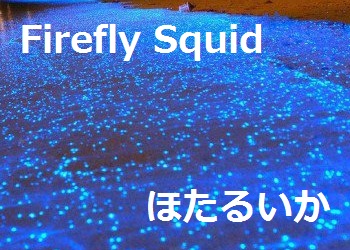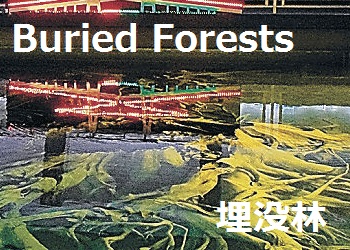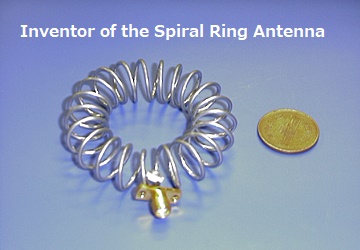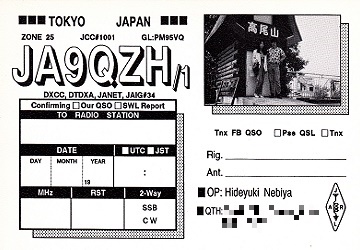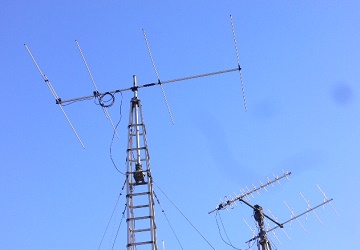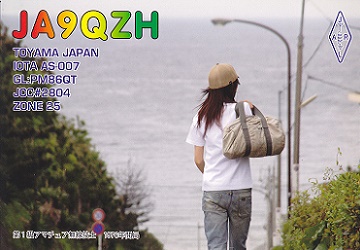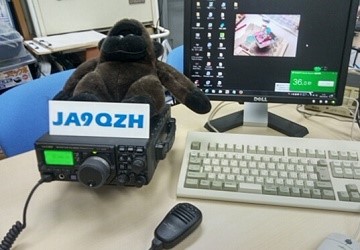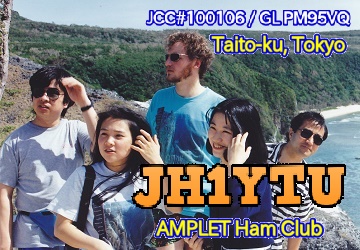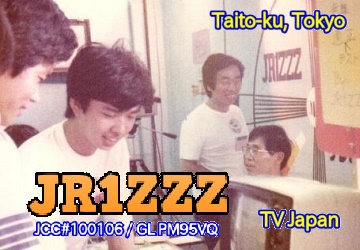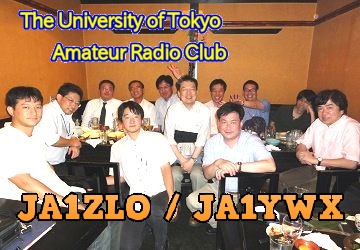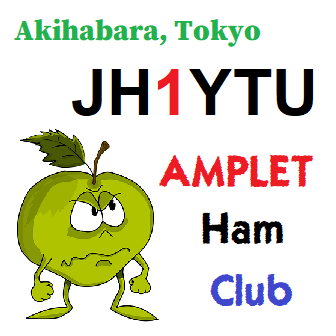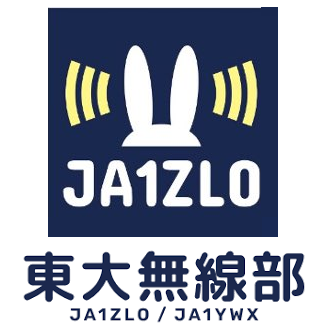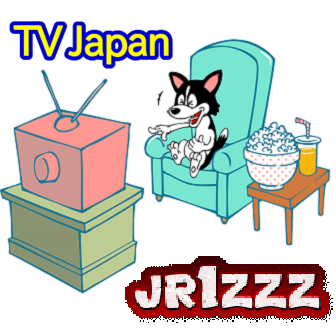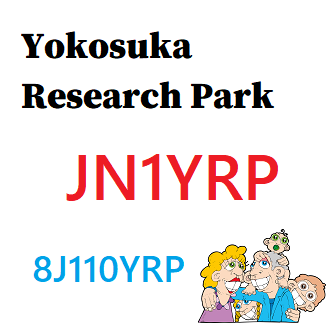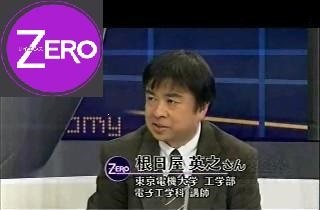MESSAGE FROM JA9QZH
The area with thefewest number of amateur radio stations in Japan is "Hokuriku Region" (JA9 area). I got the licence of JA9QZH in 1976 in Uozu-city, Toyama Prefecture. Uozu-city is located in the northeastern part of Toyama Prefecture, about 25 km from Toyama-city (Prefectural Capital). The QTH of JA9QZH is situated facing Toyama Bay. Uozu-city is famous for its Mirage, Firefly Squid, and Buried Forests, which are the three most famous sights.
[Mirage] As Mirage can be seen in Toyama Bay from early spring to early summer, and many tourists visit here. We see beautiful fireworks, when a Mirage of class B or higher appears.
[Firefly Squid] Firefly Squids are normally found at depths of 200 to 600 meters, however, they are still shrouded in mystery. They are born in spring and live only for one year. In spring, they gather close to the shore of Toyama Bay to spawn, and they make the surface of the sea glow with a bluish-white light, which is a springtime tradition in Toyama Bay.
[Buried Forests] We can see the roots of cedar trees, that stood 2,000 years ago, at the Uozu Buried Forest Museum.
In 1971, I got my 1st amateur radio station license of JE1BQE in Taito-ku, Tokyo, and in 1976, I also got my 2nd amateur radio station license of JA9QZH in Uozu-city, Toyama Pref. I have been enjoying radio ever since. My current job (designing wireless communication equipment) is also greatly influenced by this childhood hobby.
When I enjoy to activate amateur radio, I prefar the mysterious 50 MHz band, where we can suddenly hear amateur radio stations in places, where you normally can't hear them all over the world. and I love the "di-dah" communications in Morse code, which you can hear clearly through the noise, like a candle flame in the dark of night.
I have been enjoying to activate amateur radio from abroad. Since activating JE1BQE/DL and DK0RA from West Germany in 1976, we have enjoyed to activate amateur radio from overseas, including DL/JE1BQE in Germany after the unification of East and West, W4/JE1BQE, W6/JE1BQE, W7/JE1BQE, W9/JE1BQE (W* means the prefix in the callsign of U.S.A,), KH0/JE1BQE and KK6RT/KH0 (KH0 means the prefix in the callsign of Saipan), JD1BOO (Ogasawara Islands) , and HL3ZCG (Daejeon, Korea).
My hobby grew... I wanted to design my own ideal radios and antennas, so in 1987 I established my own radio equipment engineering company, AMPLET, Inc., which continues as AMPLET Communication Laboratory to now.
Currently, I make seminars on Wireless Communication Technology in various parts of Japan and lectures on Communications at some universities.
GALLERY
MEMBERSHIP
LINKS
CONTACT ME
-
JA9QZH
QRA : Dr. NEBIYA Hideyuki
QTH : Uozu-city, Toyama, Japan
JCC #2804 / GL PM86QT
QSL via JE1BQE
[E-mail]
-


